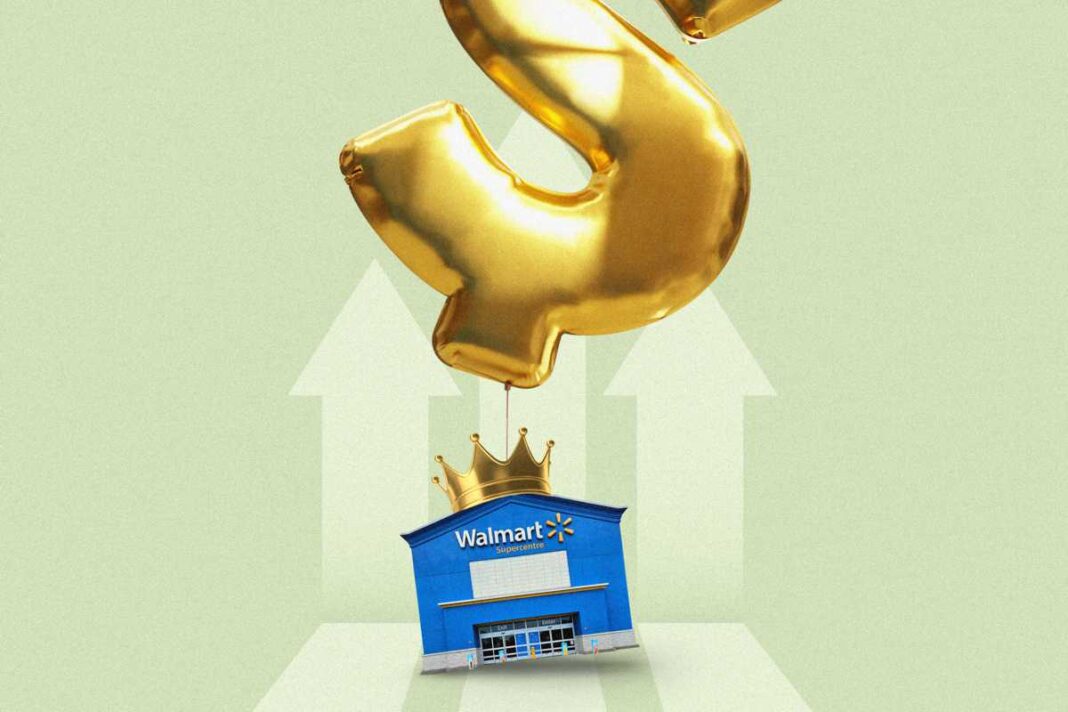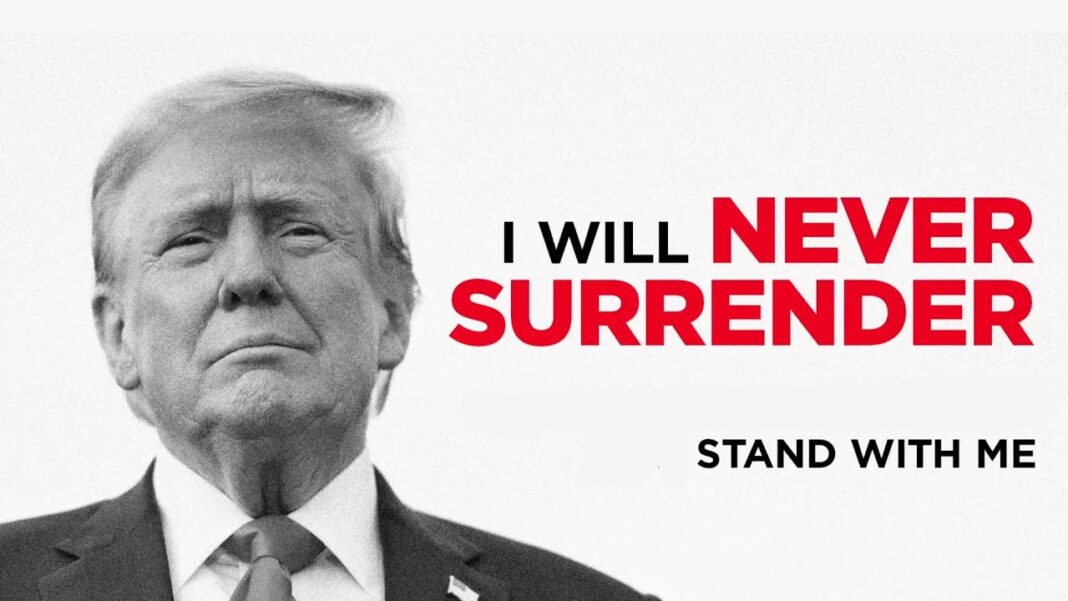As rivals struggle, Walmart pushes Wall Street to new heights.
In an economic climate of high inflation, Walmart has emerged as the retail victor, offering cheap goods to cost-conscious consumers. As millions of shoppers grapple with rising prices, the retail titan has managed to attract a wide range of customers, from low-income to high-net-worth households.
Since Walmart shares helped the Dow Jones Industrial Average march toward a record high of 40,000 on May 17, Wall Street has been delving into the company’s success story, concluding that its strong earnings have been supported by consumers hunting for bargains.
The retail titan’s shares rose by 22 percent year to date and 33 percent since last year, outperforming both the Dow Jones and S&P 500. But why has Walmart become the darling of Wall Street while other retailers, such as Target, are flatlining?
It’s all in the numbers.
Investors cheered after Walmart’s latest quarterly earnings report. Revenues advanced 6 percent year-on-year thanks to higher spending by wealthier customers and a 22 percent surge in online sales. Additionally, profits more than tripled to $5.1 billion in the three months ending on April 30.
Walmart CEO Doug McMillon attributed the company’s excellent performance to unit sales, transaction counts, and market share gains, not to price increases.
“These are not inflation-driven results,” he said during the company’s earnings call.
In addition to generating more transactions, Walmart has been trimming the fat to keep costs down, such as a 4.2 percent drop in inventory levels.
During the pandemic-era supply chain crisis, retailers scrambled to buy as much as possible to satisfy consumer demand and prevent further trade disruptions. Now that supply chains have largely normalized, backroom stock does not need to be as immense.
Looking ahead, shoppers may notice lower store prices for various merchandise. The company noted that it has bolstered “rollbacks” on thousands of specific items in both brick-and-mortar locations and the website.
“Our rollback count is up and customers are responding to our price leadership,” Mr. McMillon said.
All of these trends helped the Arkansas-based retailer lift its market cap above $500 billion and bring the share price to around $65.
By Andrew Moran







